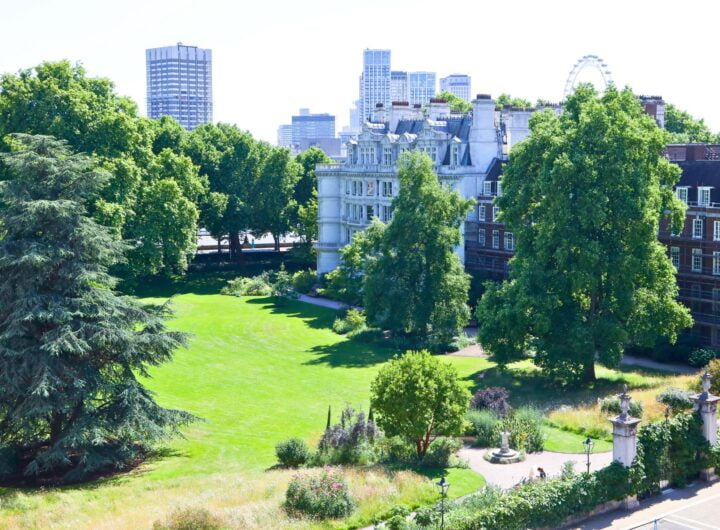By David Wilkinson, Head Chef, One Great George Street
Bowl food is hardly the new kid on the block at One Great George Street as far as food innovation is concerned, so why have we never featured it on our menus before? The reason it hasn’t made its way onto the menus in the past is because personally, I didn’t really know how I felt about it as function food.
What did I think I hated about bowl food?
1) Definitely concerns over practicality. What do you do with your glass while you are eating, as you need two hands to do so?
2) What happens to the empties in a busy room?
3) Do we want to invest in the equipment and where do we then store it?
4) Will we always have enough service space?
5) Will it be a 2-minute fad that would fade away?
What do I now love about bowl food?
1) Our sales team has been telling me that it is a constant request, proved true by our catering figures and how busy my team are.
2) It’s a creative chef’s dream because of the huge potential in pure food terms – create small and tasty dishes with very few restrictions.
3) It’s perfect for networking events – we’re a popular venue for this style of event.
4) You can try a little bit of this and little bit of that.
5) It’s cost effective if you are on a tight budget in these difficult times and don’t want to splash out on 7-course fine dining meals, as impressive as they might be.
So this year I finally put my ambivalence to one side and with the aid of my two senior chefs, Joanne Dingwall and Charlene Basan, created a brand new menu using the bowl food concept.
Now that it’s done, I can’t remember why I made such a song and dance about it, and I have gone from being lukewarm to super excited about the whole concept.
We have already held several tastings and the feedback from clients has been fantastic.
The most popular dishes are proving to be:
1) ‘Thai green curry with sticky rice’
2) ‘Salt and pepper squid with Asian slaw’
3) ‘Crab, watermelon, cucumber, mango, ginger and dill salad’
4) ‘Chocolate brownies with white chocolate sauce’
Are you a bowl food fan?

